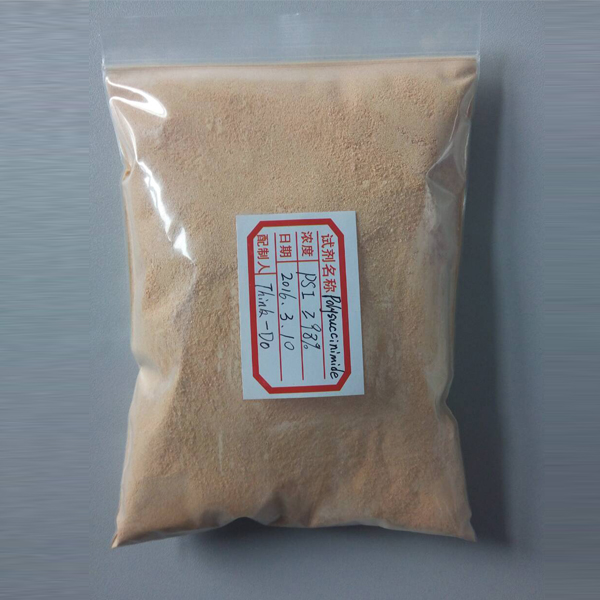
News
Nov . 09, 2024 20:56 Back to list
Essential Micronutrients for Healthy Growth of Potted Plants from Leading Manufacturers
Understanding Micronutrients for Potted Plants
Micronutrients play a crucial role in the growth and development of potted plants, despite being required in relatively small quantities compared to macronutrients such as nitrogen, phosphorus, and potassium. The importance of these essential elements cannot be overstated, as they contribute to various physiological functions, enhance plant health, and ultimately improve the quality of the plants we nurture indoors or on balconies. This article aims to provide a comprehensive overview of the most vital micronutrients for potted plants and their functions, as well as insights on how to effectively use them.
Key Micronutrients for Potted Plants
1. Iron (Fe) Iron is indispensable for chlorophyll production, playing a key role in photosynthesis. Deficiency symptoms include yellowing of the leaves, particularly in younger leaves, while older leaves remain green. Applying iron chelates can effectively correct deficiencies.
2. Manganese (Mn) Manganese is involved in the photosynthetic process and enzyme activation. A deficiency can lead to interveinal chlorosis, where the area between the leaf veins turns yellow while the veins themselves remain green. For potted plants, providing a balanced fertilizer with manganese can help prevent this issue.
3. Zinc (Zn) Zinc is crucial for enzymatic reactions and the synthesis of plant growth hormones. Zinc deficiency may result in stunted growth, leaf curling, and poor seed development. Products containing zinc sulfate or chelated zinc can be utilized to address deficiencies.
4. Copper (Cu) Copper aids in photosynthesis and is vital for the formation of lignin, which strengthens plant tissues. Although rare, deficiencies may appear as distorted new growth and wilting. Using a copper-containing fertilizer can replenish this micronutrient.
5. Boron (B) Boron is essential for cell wall formation, sugar transport, and overall plant metabolism. Deficiency often results in poor root development and flowering issues. Boron can be applied through liquid fertilizers or borax in very small amounts.
6. Molybdenum (Mo) Molybdenum plays a significant role in nitrogen fixation and helps plants utilize nitrogen effectively. Deficiency symptoms can include yellow leaves and poor growth. Fertilizers containing ammonium molybdate can be beneficial when a deficiency is detected.
7. Chlorine (Cl) Although not commonly discussed, chlorine is needed for osmosis and root health. Excess chlorine can lead to toxicity, so it’s vital to maintain balanced levels in the soil.
micronutrients for potted plants manufacturer

Choosing the Right Micronutrient Formula
Manufacturers of potted plant fertilizers often offer micronutrient-rich blends. When selecting a product, consider the specific needs of your plants. For example, flowering plants may benefit from a formula higher in boron and zinc, while leafy greens might require more iron and manganese. Additionally, choose slow-release formulations to ensure a steady supply over time, reducing the risk of nutrient burn or deficiencies.
Application Techniques
To ensure your plants receive these micronutrients effectively, consider the following application methods
- Soil Amendments Incorporate micronutrient fertilizers directly into the potting mix to provide a steady supply as plants grow. Be cautious of the quantities used to prevent over-fertilization.
- Foliage Sprays A quick, effective way to address micronutrient deficiencies. Dissolve the nutrient in water and spray directly onto the leaves for faster absorption.
- Water Soluble Fertilizers These provide a convenient and controlled way to deliver micronutrients through regular watering schedules.
Conclusion
In summary, understanding the vital role of micronutrients in potted plant care is essential for achieving optimum growth and health. By recognizing the symptoms of deficiencies and choosing appropriate fertilizers, you can create an environment where your potted plants can thrive. Investing time in learning about micronutrient requirements and their usage will undoubtedly lead to more vibrant and flourishing indoor gardening experiences. Remember, the key to successful plant care lies in balance and understanding the nuanced needs of your green companions.
-
Polyaspartic Acid Salts in Agricultural Fertilizers: A Sustainable Solution
NewsJul.21,2025
-
OEM Chelating Agent Preservative Supplier & Manufacturer High-Quality Customized Solutions
NewsJul.08,2025
-
OEM Potassium Chelating Agent Manufacturer - Custom Potassium Oxalate & Citrate Solutions
NewsJul.08,2025
-
OEM Pentasodium DTPA Chelating Agent Supplier & Manufacturer High Purity & Cost-Effective Solutions
NewsJul.08,2025
-
High-Efficiency Chelated Trace Elements Fertilizer Bulk Supplier & Manufacturer Quotes
NewsJul.07,2025
-
High Quality K Formation for a Chelating Agent – Reliable Manufacturer & Supplier
NewsJul.07,2025
